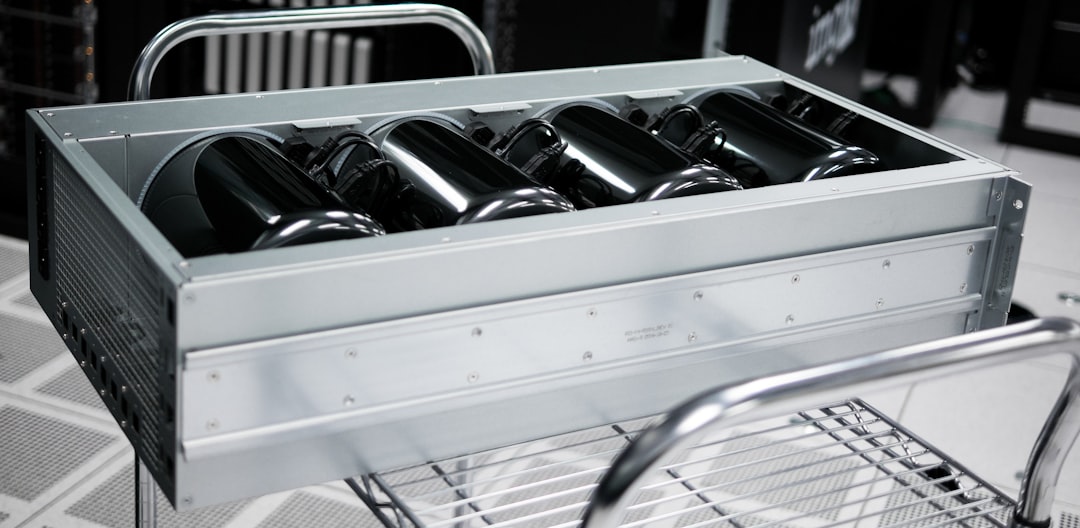Launching a website involves more than just designing and uploading files to the internet. Behind every successful website lies a solid foundation: reliable web hosting combined with comprehensive maintenance. Together, these services ensure that your site runs smoothly, remains secure, and delivers a consistent experience to your visitors. Whether you’re a small business owner or managing a portfolio of sites, understanding what’s included in web hosting and maintenance will help you make more informed decisions for your online presence.
What Is Web Hosting?
Web hosting is the service that stores your website’s data and makes it accessible on the internet. When someone types your domain name into a browser, the hosting server delivers the content to their device. Hosting services come in various forms, such as shared hosting, VPS (Virtual Private Server), dedicated hosting, and cloud hosting, each catering to different traffic levels and technical requirements.
Here are the most common features included in a typical web hosting package:
- Disk Storage: This refers to how much data you can store on the server. It includes all website files, databases, emails, and media.
- Bandwidth: Bandwidth determines how much data your site can transfer to visitors in a given period. More bandwidth supports more traffic without lag or downtime.
- Email Accounts: Many hosting plans offer email hosting, complete with custom email addresses using your domain name.
- SSL Certificates: Essential for website security, many hosting providers now include SSL by default to encrypt data and boost SEO rankings.
- Control Panel: Tools like cPanel or Plesk allow website owners to manage files, databases, emails, and software installations easily.
- One-Click Installations: Many hosts provide simplified installation of popular platforms like WordPress, Joomla, Magento, and others.
- Backups: Regular automated backups are sometimes included, though their frequency and comprehensiveness can vary.
- Uptime Guarantee: Hosting contracts often come with a guarantee for high-availability (usually 99.9% or better).
While web hosting provides a place for your website to live, it’s the ongoing maintenance that ensures your site stays healthy, secure, and effective.
Website Maintenance: More Than Just Hosting
Website maintenance refers to the continuous process of keeping a site up to date, secure, and functional. While hosting keeps your site online, maintenance ensures that everything works as it should—and evolves as your business grows. Maintenance typically includes:
- Security Monitoring: Constant scanning for hacks, malware, or vulnerabilities. Maintenance providers often use tools to catch threats before they cause major problems.
- Software Updates: Content Management Systems (CMS) like WordPress require regular updates for themes, plugins, and core software.
- Backup Management: Creating and storing backups regularly ensures disaster recovery options are available if needed.
- Performance Optimization: Site speed and responsiveness are constantly monitored and fine-tuned by the maintenance team.
- Technical Support: Access to professionals who can troubleshoot issues, implement changes, or offer strategic advice on improvements.
- Content Updates: Many maintenance contracts include small content changes to keep information current (e.g., business hours, staff bios, promotions).
- Broken Link Checks: Routine scans for outdated, broken, or erroneous links to maintain a seamless user experience.
- Form Testing: Ensuring that contact, signup, and other interactive forms function correctly across updates and browsers.
Unlike hosting, which is largely automated, maintenance is a more hands-on service requiring regular human oversight and expertise.

Bundled Hosting and Maintenance Plans
Some providers offer bundled packages that combine hosting and maintenance into one convenient service. These all-in-one solutions are ideal for small businesses or non-technical users who prefer to focus on their operations rather than the technical maintenance of their websites. Here’s what a bundled plan typically includes:
- Managed Hosting: The provider handles server setup, performance, security, and software stacking (like PHP, MySQL).
- Proactive Maintenance: Monthly checkups, updates, and preventive actions to keep the site running flawlessly.
- 24/7 Monitoring: Monitoring tools check for downtime, attacks, or performance drops around the clock.
- Content Updates: Small tasks like publishing blog posts, updating plugins, or editing images are often included monthly.
- Detailed Reporting: Monthly performance, security, and traffic reports give you insights into how your site is performing.
By partnering with a provider that offers both services, you also reduce the risk of miscommunication between different vendors. This integration ensures faster response times and smoother management.
Key Benefits of Combined Hosting and Maintenance
Choosing a combined hosting and maintenance plan offers multiple benefits, including:
- Peace of Mind: Knowing that your site is constantly being watched, updated, and protected gives you more freedom to focus on your business.
- Improved Site Performance: Regular optimization, caching, and server upgrades mean your website loads faster and runs more smoothly.
- Better Security: With both hosting and maintenance teams aligned, vulnerabilities are patched faster, and recovery plans are well coordinated.
- Consistent User Experience: A well-maintained site reduces errors, broken links, and accessibility issues that could frustrate users and hurt conversions.

What Isn’t Usually Included
While a web hosting plus maintenance package covers a lot, it’s important to be mindful of what typically falls outside the scope of standard plans:
- Major Redesigns: Full redesigns or theme overhauls are generally billed separately or handled on a project-basis.
- Custom Development: Building new features from scratch or integrating third-party apps often incurs additional charges.
- Heavy SEO Work: While basic SEO best-practices may be followed, deep keyword research, content marketing, or link-building are usually separate services.
- Large Content Uploads: Uploading dozens or hundreds of new product listings, blog entries, or multimedia pieces may require a content management fee.
It’s always a good idea to read the terms of service carefully and ask your provider to clarify what is covered, and what’s considered “billable extras.”
Choosing the Right Provider
If you’re considering a hosting and maintenance combination, consider the following before committing:
- Reputation: Look for providers with a proven track record of reliability, integrity, and technical expertise.
- Transparency: Choose vendors who clearly define what’s included and how they charge for additional work.
- Support Availability: 24/7 emergency support can be a lifesaver in the event of a site crash or hack.
- Scalability: Ensure the provider can support your site as it grows in traffic, features, and complexity.
- Security Credentials: Ask what tools and protocols they use to safeguard your website and data.
Conclusion
A reliable web hosting service paired with proactive maintenance is a crucial investment for any website owner. By choosing a combined hosting and maintenance solution, you not only ensure that your website stays online, but also that it performs optimally, remains secure, and evolves alongside your business needs. As your digital storefront, your website deserves both a strong foundation and attentive care. Select the right providers, understand their offerings, and take a proactive role in protecting and nurturing your most important online asset.
